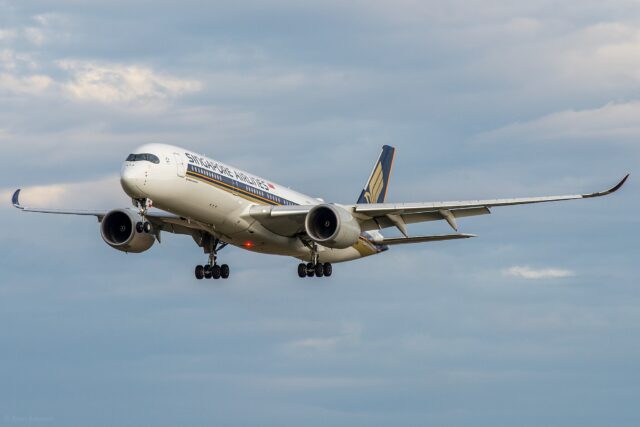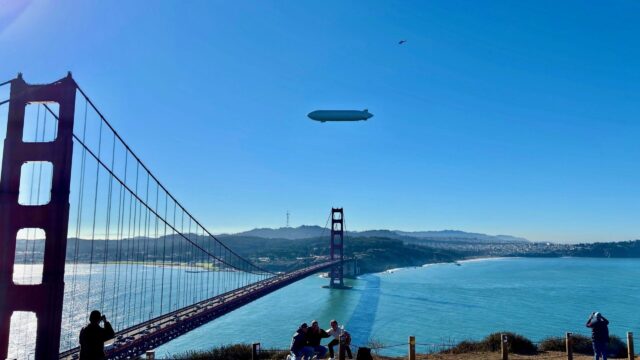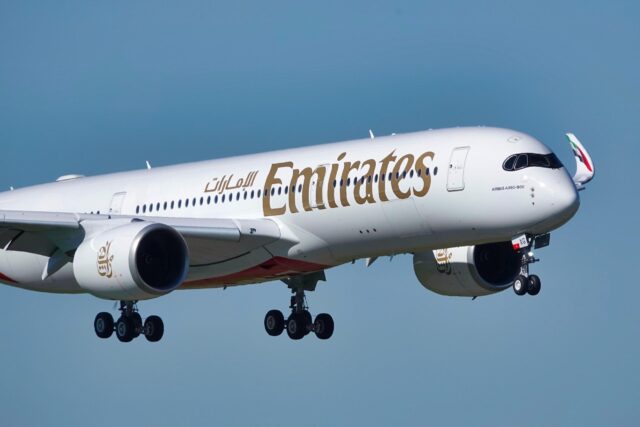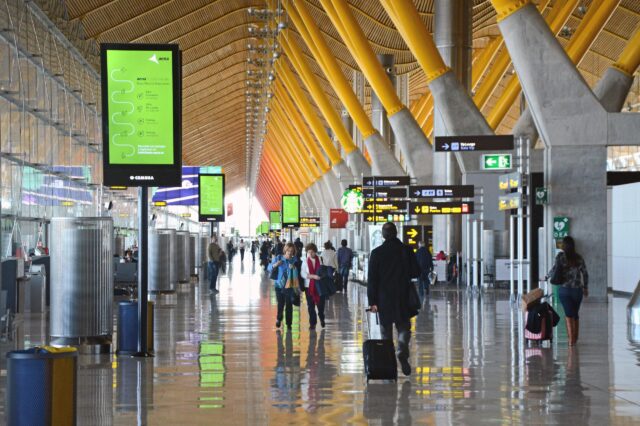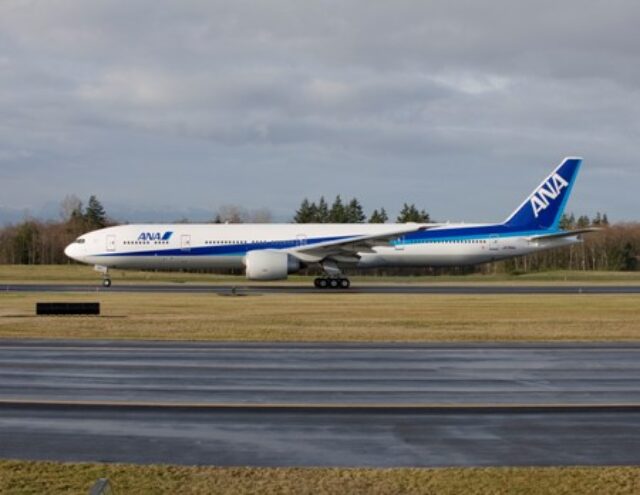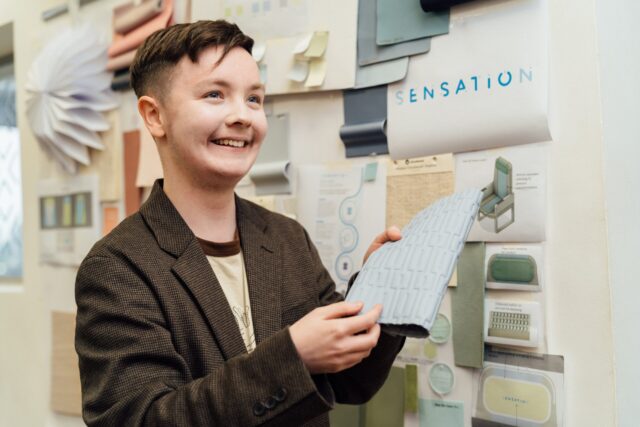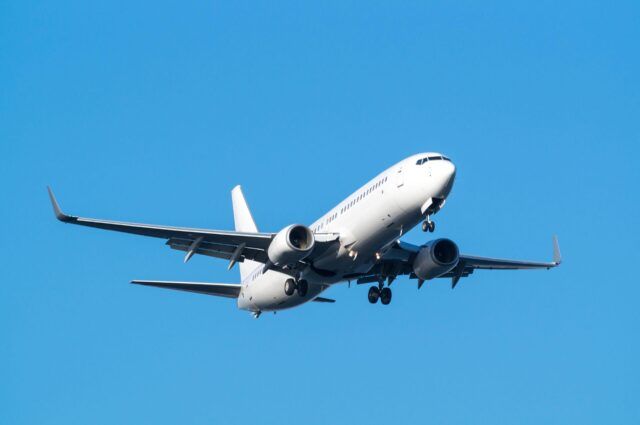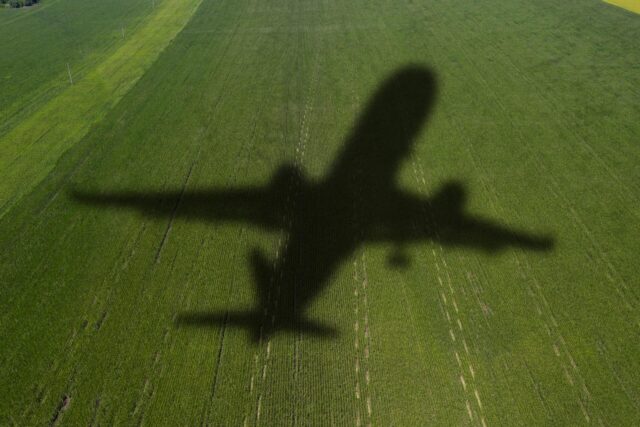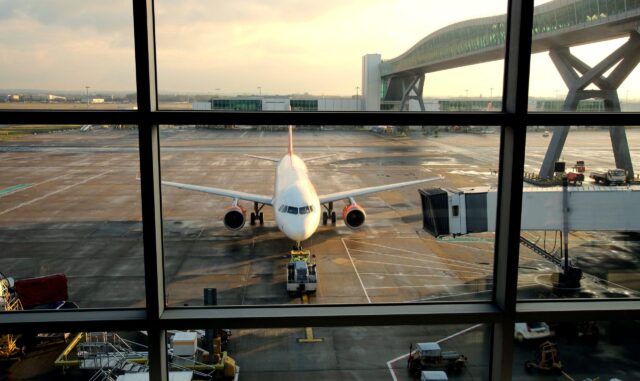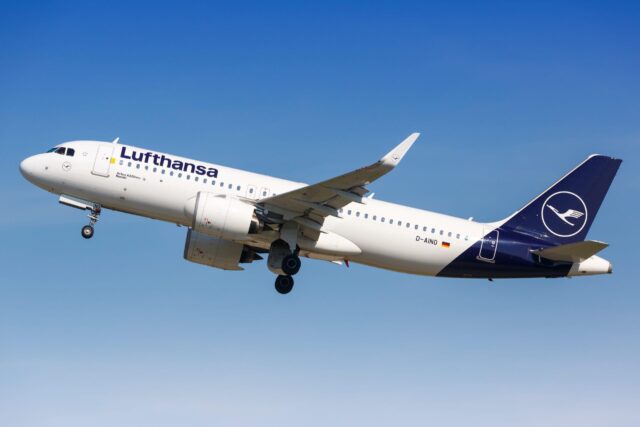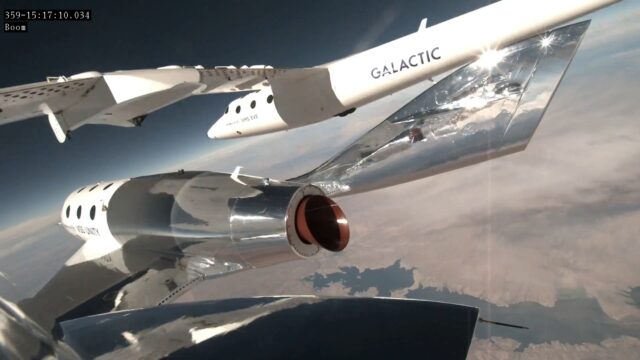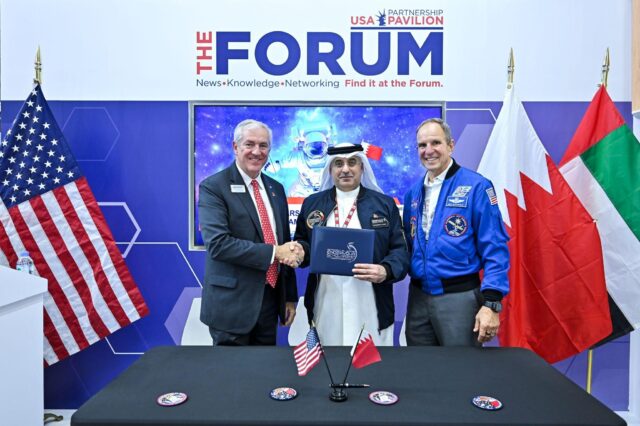A first glimpse of the actual YFQ-42A
May 20, 2025

“THE WORLD’s FIRST LOOK AT OUR NEW YFQ-42A!” Allvin wrote in an accompanying post on X (Twitter). “As the Department of Defense matches threats to capabilities under Secretary of Defense Pete Hegseth’s leadership, Collaborative Combat Aircraft (CCA) will prove not only cost-effective, but truly lethal…No doubts these uncrewed fighters will put our adversaries on notice!”

This first glimpse of the General Atomics’ YFQ-42A confirmed that it is based on the design of the XQ-67A Off-Board Sensing Station (OBSS), developed under the company’s so-called ‘genus/species’ concept. This entails the use of a core ‘genus’ set of components from which multiple ‘species’ of UAVs can be developed. The same concept has spawned the General Atomics Gambit family of drones, which use a common ‘chassis’ with landing gear, and key mission and flight control computer systems mated to different airframe components and mission systems. This followed the previous Low Cost Attritable Aircraft Platform Sharing (LCAAPS) project.
The XQ-67A first flew in February 2024 and was originally seen as a sensor ‘truck’, but has more recently been pressed into use to support the a sole-source contract placed by the Air Force Research Laboratory (AFRL) for the ‘Demonstration of Autonomous Collaborative Platform Performance and Effectiveness’ (Demon Ape) programme – acting as a useful risk reduction asset for CCA work, and perhaps also for the Off-Board Weapon Station (OBWS) effort.
The US Air Force announced the start of ground testing of both Increment 1 CCA designs on 1 May, when the first images of the Anduril YFQ-44A in a testing chamber at the company’s HQ at Costa Mesa, California, were also released. The two prototypes are being referred to as production representative test vehicles, and they are being used to validate performance and readiness for future flight testing.
The YFQ-42A and Anduril’s YFQ-44A are being developed under the first phase of the US Air Force’s Collaborative Combat Aircraft (CCA) programme (known as Increment 1), and both designs are expected to make their maiden flights later this year.
The Air Force hopes to procure at least 1,000 CCAs, across a series of iterative development cycles. Between 100 and 150 Increment 1 CCAs may be acquired, but it is not clear whether there will be a single ‘Increment 1’ solution, or a mix of both types (YFQ-42As and YFQ-44As), though the USAF did say that: “A competitive Increment 1 production decision is expected in fiscal year 2026,” (eg from 1 October 2025) when it announced the start of ground testing at the beginning of the month.
The Air Force is currently finalizing requirements for the Increment 2 CCAs. Major General Joseph D. Kunkel, the USAF’s director of Force Design, Integration, and Wargaming and deputy chief of staff for Air Force Futures, has said that the Increment 2 CCAs are likely to be significantly different from the Increment 1 aircraft, and may be cheaper and rather less complex.
The CCAs will be critical in securing air dominance for the Joint Force in future conflicts, leveraging autonomous capabilities and crewed-uncrewed teaming to defeat enemy threats in contested environments.
Mike Atwood, vice president for Advanced Programs at General Atomics Aeronautical Systems, Inc. (GA-ASI) told a panel discussion at the Air & Space Forces Association’s (AFA) 2025 Warfare Symposium in March that the Increment 1 CCAs would be the USAF’s first aircraft to be developed from the ground up to align with its Agile Combat Employment (ACE) concept of operations, operating from what he called: “World War II leftover airfields,” that might be in “really bad shape,” and requiring the use of a “trailing-arm landing gear” to ease landing impacts and help with rough field takeoffs. He also noted that the internal weapons bay could be used to allow CCAs to be used as a mobility aircraft for logistics missions.
GA-ASI President David Alexander said that: “The CCA program represents a groundbreaking new era in combat aviation, and we remain on schedule to test and fly YFQ-42 in the coming months. Over the past three decades, GA-ASI has pioneered more than two dozen different unmanned aircraft types for the US and its allies, including multiple unmanned combat jets flying today, and logged nearly 9 million total flight hours. Our work on YFQ-42 will further expand the field of unmanned aviation, and we remain excited for the future. We congratulate the Beale AFB community on its selection to support this new era of air dominance, and we look forward to partnering with you as the program progresses. To that end, I’m pleased to announce that GA-ASI will give the Beale community a sneak peek later this summer, with an exhibition of our full-scale YFQ-42 model on display at the Beale Air and Space Expo beginning June 7.”
